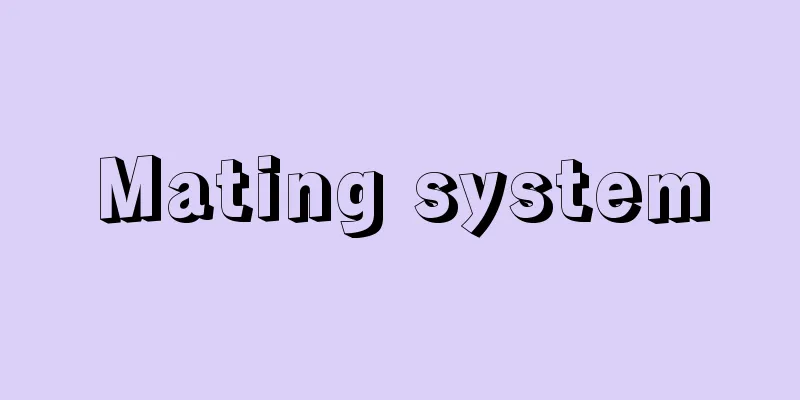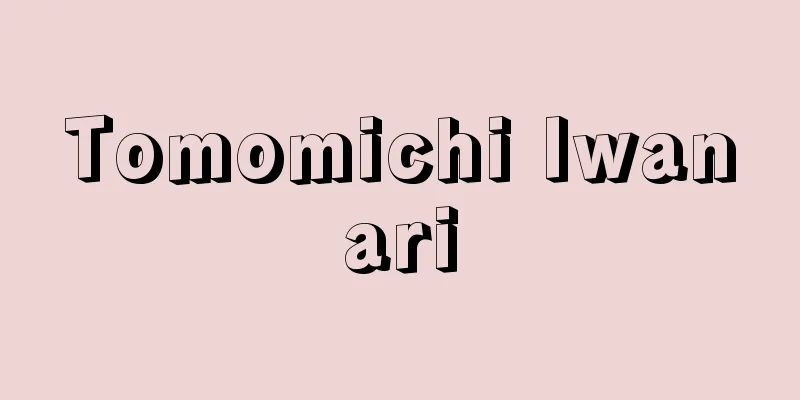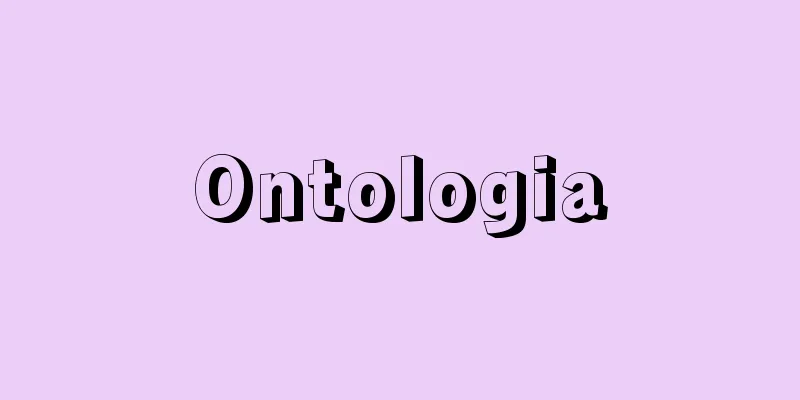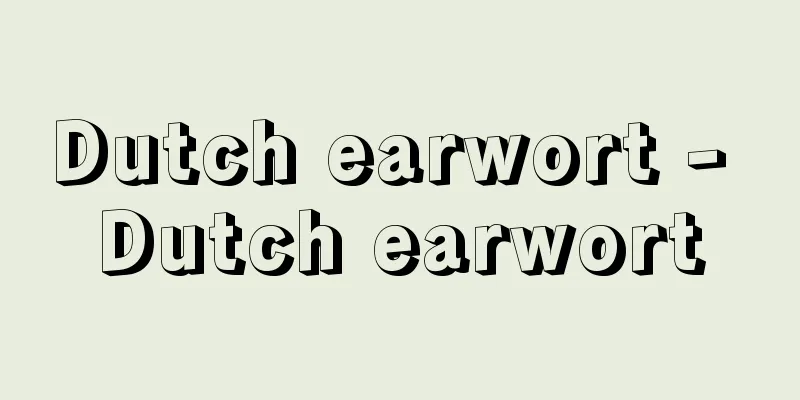Somites - Important

|
When an animal's body is made up of repeated parts from head to tail that have similar appearances and structures, these repeated units are called body segments. Typical examples are seen in annelids such as lugworms and earthworms. Each body segment of an earthworm contains a set of structures such as a pair of nephric ducts, abdominal ganglia, transverse blood vessels, and a body cavity. In arthropods, including crustaceans such as shrimp and crabs, and insects such as butterflies and dragonflies, fusion of body segments occurs, and body segment structures are only found in the abdomen. Both the ectoderm and mesoderm are involved in the formation of the body segment structure during the embryonic stage. Higher animals have remnants of a segmented structure, even though it is not visible from the surface. The myotomes of the protochordate amphioxus and the vertebrates of vertebrates show that the bodies of these animals are also constructed based on a segmented structure. However, unlike annelids, the segmented structure is formed exclusively from the mesoderm. In newts, the left and right mesoderm, which extend symmetrically to enclose the neural tube, notochord, and digestive tract, are divided into successively smaller units from head to tail. These units are called somites, and many mesodermal organs and tissues are derived from them. Each somite is also divided into three parts from dorsal to ventral, and from the dorsal side they are called the superior segment, the middle segment, and the inferior segment. The superior segment is further divided into three parts as development progresses. The part facing the notochord is the sclerotome, which will later become part of the vertebrae that encase the neural tube. The part that contacts the ectoderm is the dermatome, which differentiates into the dermis. The part between the dermatome and the sclerotome is the myotome, which will eventually give rise to muscle. The middle segment is also called the nephros, and will give rise to either the pronephros or the mesonephros depending on its position from the head. The lower segment does not have a head-to-tail division like the upper and middle segments, so the lower segments on one side of the embryo are collectively called the lateral plate. The lateral plate is separated into two layers, an inner and an outer one, the side facing the ectoderm is the body wall plate, and the side facing the endoderm (digestive tract) is the visceral plate. The gap between these two forms the true body cavity. Experiments with chicken embryos have shown that the differences in the properties of the visceral plate from head to tail are thought to allow organs with different properties to differentiate from a single primitive gut tube, such as the esophagus, glandular stomach, gizzard, and intestine. [Shigeo Takeuchi] © Satoshi Shimazoe Earthworm body segment structure © Satoshi Shimazoe Segmented structure of vertebrates (protomites) Source: Shogakukan Encyclopedia Nipponica About Encyclopedia Nipponica Information | Legend |
|
動物の体が、頭から尾にかけて互いによく似た外観、構造をもつ部分の繰り返しにより成り立っている場合、この繰り返しの単位を体節とよぶ。その典型的な例はゴカイ、ミミズなど環形動物にみられる。ミミズの各体節中には一対の腎管(じんかん)、腹神経節、横行血管、体腔(たいこう)などの構造が各一セット収められている。エビ、カニなどの甲殻類、チョウ、トンボなどの昆虫類を含めた節足動物では、体節の癒合がおこり、腹部にしか体節構造は認められない。胚(はい)期の体節構造形成には外胚葉、中胚葉の両胚葉が関与している。 高等な動物は、表面からはそれとは認められないが、体節構造の名残(なごり)をもつ。原索動物のナメクジウオの筋節や、脊椎(せきつい)動物の脊椎骨は、これらの動物の体もやはり体節構造に基づいてつくりあげられることを示している。しかし、環形動物とは異なり、その体節構造は、もっぱら中胚葉から形成される。イモリなどでは、神経管、脊索、および消化管を包むように対称に広がる左右の中胚葉が、頭から尾に向かって順次小さな単位に区分される。この単位は原体節とよばれ、これから多くの中胚葉性器官、組織が派生する。おのおのの原体節は同時に背から腹にかけても三つにくぎられ、背側から上分節(じょうぶんせつ)、中分節(ちゅうぶんせつ)、下分節(かぶんせつ)とよばれる。上分節は発生が進むとさらに三部分に分かれる。脊索に面した部分が硬節で、のちに神経管を包む脊椎骨の一部となる。外胚葉に接する部分は皮節で、真皮に分化する。皮節と硬節の中間部が筋節で、将来筋肉をつくる。中分節は腎(じん)節ともよばれ、頭部からの位置によって前腎あるいは中腎をつくる。下分節には上・中分節にあった頭尾の方向でのくぎりがないので、胚の片側の下分節を一まとめにして側板とよんでいる。側板は内外二層に分離し、外胚葉に面した側が体壁板、内胚葉(消化管)側は内臓板である。この両者に包まれたすきまが真体腔となる。ニワトリ胚での実験によれば、内臓板の頭から尾に向かって生ずる性質の違いによって、1本の原腸管から食道、腺胃(せんい)、砂嚢(さのう)、腸など、性質の違う器官が分化していると考えられている。 [竹内重夫] ©島添 敏"> ミミズの体節構造 ©島添 敏"> 脊椎動物の体節構造(原体節) 出典 小学館 日本大百科全書(ニッポニカ)日本大百科全書(ニッポニカ)について 情報 | 凡例 |
Recommend
Kimenkaku - Kimenkaku
...The main species of the cactus family are desc...
Ambrosia - Ambrosia (English spelling)
In Greek mythology, it was the food of the gods. T...
Steropēs (English spelling)
...When Odysseus and his men arrived on the islan...
Insults - abusive
〘 noun 〙 To speak ill of and insult someone. Also,...
Rouen (animal) (English spelling) Rouen
...Famous meat breeds include the Pekin (original...
Arion
A manga by Yoshikazu Yasuhiko. Based on the Greek ...
Mother Complex
A term referring to excessive attachment or fixati...
Metal conduit wiring
…In homes, flat vinyl-sheathed cables are often u...
Radar - radar (English spelling)
A device that detects targets by emitting electro...
Malsburg, C. von der (English spelling)MalsburgCvonder
… Of course, this structure places limitations on...
Aktaiōn (English spelling) Aktaion
…However, one of the nymphs, Kallistō, was loved ...
Macrobrachium rosenbergi (English spelling) Macrobrachiumrosenbergi
… [Takeda Masatomo]. … *Some of the terminology t...
Favorlang
…Saisiyat and Pazeh, a Ping Pu language, are not ...
Santa Maria di Capua Vetere (English spelling)
…A town in southern Italy that flourished during ...
Keian Imperial Notice - Keian Imperial Notice
This is a notice issued by the shogunate in Febru...









